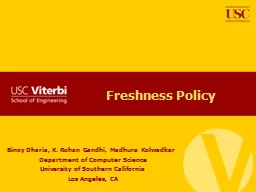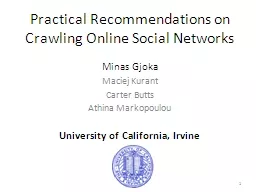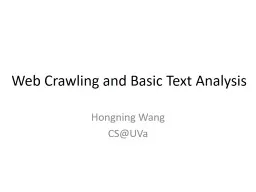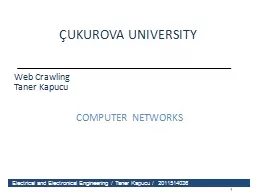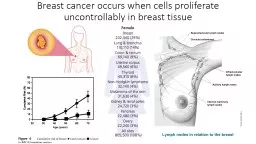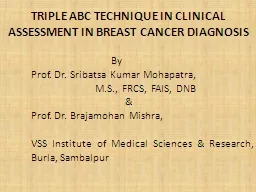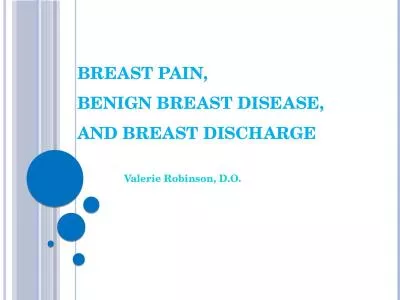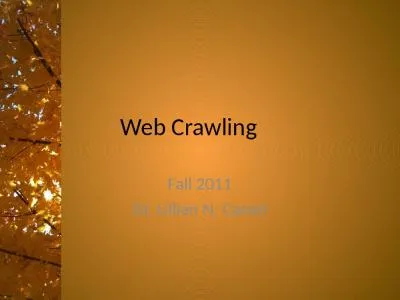PDF-EFFECTIVENESS OF BREAST CRAWLING TECHNIQUE IN THE
Author : harper | Published Date : 2022-09-09
1 EARLY EXPUL SION OF PLACENTA AND BLOOD LOSS AMONG WOMEN IN THIRD STAGE OF LABOUR By Miss NGOMATHI A Dissertation submitted to THE TAMILNADU DrMGR MEDICAL UNIVERSITY CHENNAI IN
Presentation Embed Code
Download Presentation
Download Presentation The PPT/PDF document "EFFECTIVENESS OF BREAST CRAWLING TECHNIQ..." is the property of its rightful owner. Permission is granted to download and print the materials on this website for personal, non-commercial use only, and to display it on your personal computer provided you do not modify the materials and that you retain all copyright notices contained in the materials. By downloading content from our website, you accept the terms of this agreement.
EFFECTIVENESS OF BREAST CRAWLING TECHNIQUE IN THE: Transcript
Download Rules Of Document
"EFFECTIVENESS OF BREAST CRAWLING TECHNIQUE IN THE"The content belongs to its owner. You may download and print it for personal use, without modification, and keep all copyright notices. By downloading, you agree to these terms.
Related Documents


